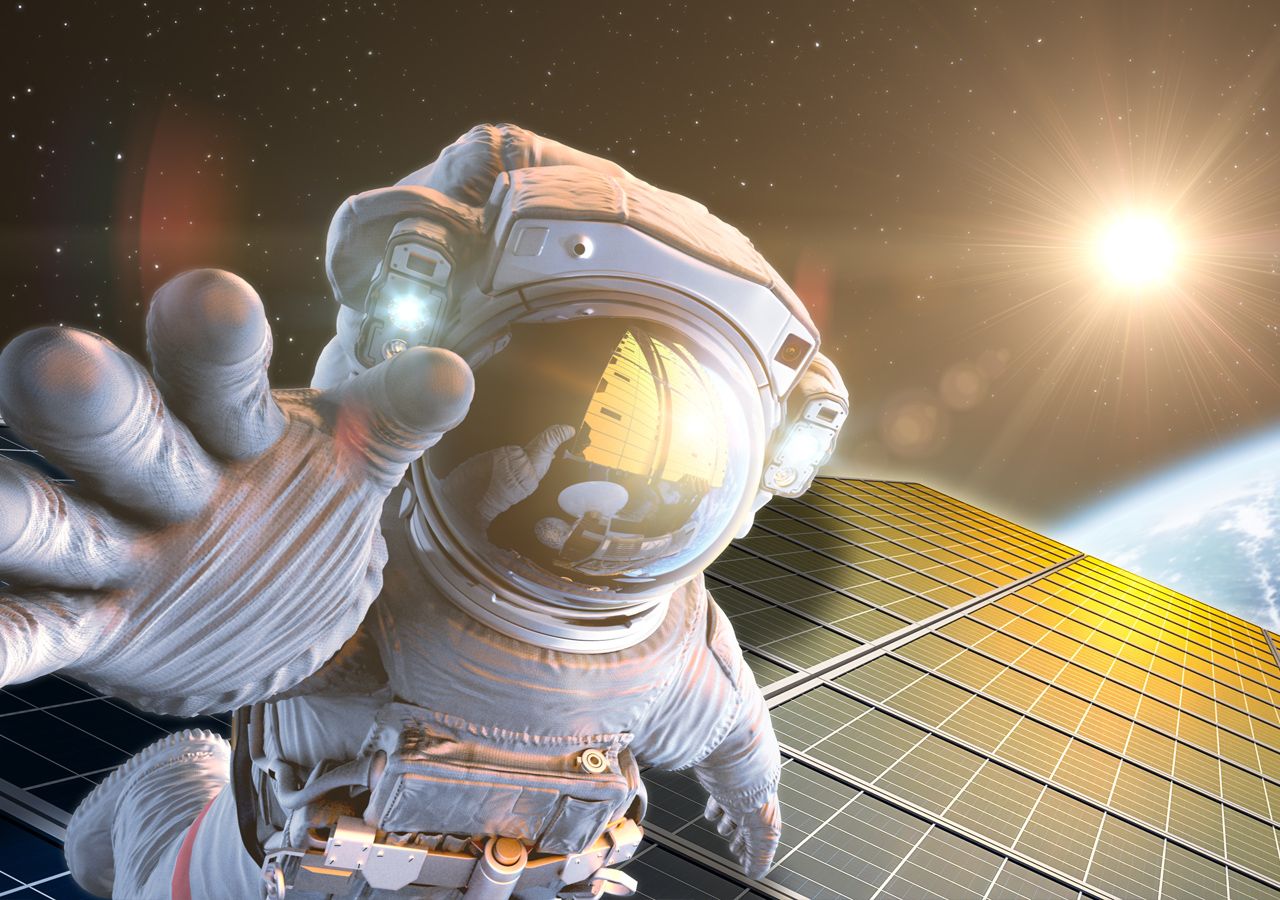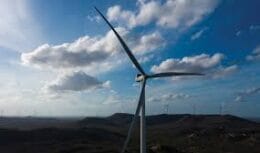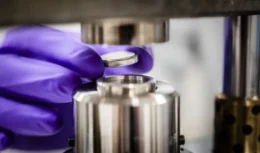
Scientists are very close to producing the much-dreamed solar energy through a space station. Several countries and companies are already studying the possibility of generating renewable energy in Earth orbit
Solar energy is one of the most beloved renewable energy sources, however, so far the only issue is that it needs sunny days to generate electricity. With that in mind, scientists are planning to develop a solar powered space station so that infinite renewable energy is possible. This idea has been in the minds of brilliant minds for a long time, but now it may be closer to getting off the ground.
Read other related news
Innovative ideas based on old ideas want to put a solar space station in orbit by 2050
Creating this type of solar-powered space station requires a lot of investment and technology. However, companies like SpaecX, Virgin Galactic and Blue Origin are working to make space travel cheaper and more accessible, so the idea of making a solar energy “plant” in space and solving the demand for renewable energy may be more close to being produced.
Despite seeming an innovative idea, one of the first scientists to think about using solar energy from space was the Russian Konstantin Tsiolkovsky, in 1920, when satellites or rockets did not even exist. However, the person responsible for making the idea of a renewable energy space station famous was science fiction writer Isaac Asimov.
The writer always had scientific readers, making several studies on the subject inspired. The idea was that since solar radiation is basically infinite, this gave it an advantage over the fossil fuels that the world relied on and depends on. Therefore, it would make sense to develop a space station that captures solar energy directly from the source.
Affordability could accelerate renewable energy space station project
The impasse is that solar power stations such as the one envisioned by the scientist have not yet been developed, there are several proposed methods, where one of them is to create a series of small satellites that are close to each other, forming a large and single solar energy plate. .
In 2017, California scientists developed a design for a renewable energy space station that worked this way, with thousands of solar panels measuring 10 cm x 10 cm. Currently, Elon Musk's SpaceX already operates with a constellation of satellites to offer internet service, with the Starlink project.
There is information that these satellites can be used in an adapted way for the generation of renewable energy. Last year, the British newspaper “The Telegraph” pointed out that the large use of satellites by the company made the price of technology lower. Between the 70s and 2000, to put a kilogram into Earth's orbit, R$ 105 was needed. Since then, that amount has dropped to around R$10.
Scientists from several countries plan to develop a solar power station in space
Last year, the UK announced plans to develop a 1.700-meter-wide renewable energy station that would be sent into space piecemeal. Parts the size of a home computer would be sent, which would be assembled by robots and would weigh 2 tons at a height of 35 kilometers above the earth.
As early as 2019, the Chinese announced the “Omega” project and since then tests have begun to find the best way to transmit solar energy to the earth. No details were disclosed, but the project will have the capacity to produce up to 2 GW of renewable energy per year.












